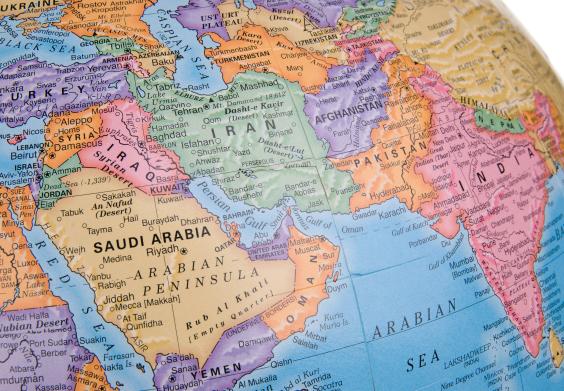Overview
First, we examine how Islamic authority is distributed across the region. Three questions guide our research: 1) who speaks for Islam in the Middle East, 2) who wields religious or sacred authority, and 3) to what extent do the region’s most politically active groups, such as Islamists and fundamentalists, possess or exert religious authority?
Second, we analyze the underlying dynamics of religious authority in the Middle East. Specifically, the project maps the channels of influence between various religious actors in the region (i.e., Islamists, Salafists, state religious agencies, religious scholars and Sufi groups) and the individuals that they court. We will examine: 1) why individual Muslims confer legitimacy to the claims of religious authority made by various groups, 2) which demographic groups are more likely to be associated with certain kinds of religious actors, and 3) how religious actors sustain their authority over time.
Data and Outputs
The project is composed of two main parts. First, survey experiments will be performed in 12 countries throughout the Middle East and North Africa. Second, the principal investigator and the project’s country directors will perform fieldwork in five countries across the region: Egypt, Jordan, Iran, Tunisia, and Turkey. Face-to-face interviews will be conducted with representatives of a diverse group of religious actors. The survey data will provide a snapshot of religious authority in various contexts while the fieldwork will allow for examination of the specific mechanisms through which the authority is built and maintained. This project is the first of its kind; to date, no region-wide, systematic investigation of religious authority in the Middle East has been undertaken.
The findings of the project will be published in two forms: first, in a comprehensive report following a May 14, 2018, workshop at the Baker Institute in Houston; second, in a policy report that will accompany a March 2019 conference in Washington, D.C. This conference will allow the dissemination of the project’s findings to a broader policy community.
Implications
The nature and structure of religious authority carry major implications for both the domestic politics of Middle East countries and U.S. foreign policy in the region. The mapping of Islamic authority in the Middle East can inform decision-making on various policy issues in the region, such as pluralism, democratization, and the public role of religion. In addition, a nuanced and data-based representation of the relationship between religion and politics — such as the one this project creates — is an opportunity to devise foreign policies that can better address major issues that are fed by religious fervor, such as violence and radical extremism. Improved foreign policies can be developed and implemented only if policymakers understand the true nature of religious authority in the Middle East. Relying on quantitative and qualitative data, the project introduces a new focus to policy debates and builds on the findings of existing scholarly literature.
Publications
Principal investigator A.Kadir Yildirim provides an overview of the scope and implications of the project in his report The New Guardians of Religion: Islam and Authority in the Middle East.
- In addition, an interactive map briefly visualizes some of the key data at the aggregate level.
Other scholars discuss the findings as they relate to six Middle Eastern countries:
Mapping Religious Authority in Wahhabi States: An Examination of Qatar and Saudi Arabia by Courtney Freer, Ph.D., London School of Economics and Political Science
Religious Authority in Tunisia, by Sharan Grewal, Ph.D., The Brookings Institution
Religious Authority in Turkey: Hegemony and Resistance, by Yusuf Sarfati, Ph.D., Illinois State University
Royal Religious Authority: Morocco’s “Commander of the Faithful,” by Annelle Sheline, Ph.D., Rice University’s Baker Institute for Public Policy
Separating Islam from Politics but not the State: Implications for Religious Authority in Jordan by Scott Williamson, Ph.D. Candidate, Stanford University
Also available is an appendix of supporting documentation and the public opinion surveys carried out in 12 countries across the Middle East.
This project is generously funded by
The Henry R. Luce Initiative
on Religion in International Affairs.
